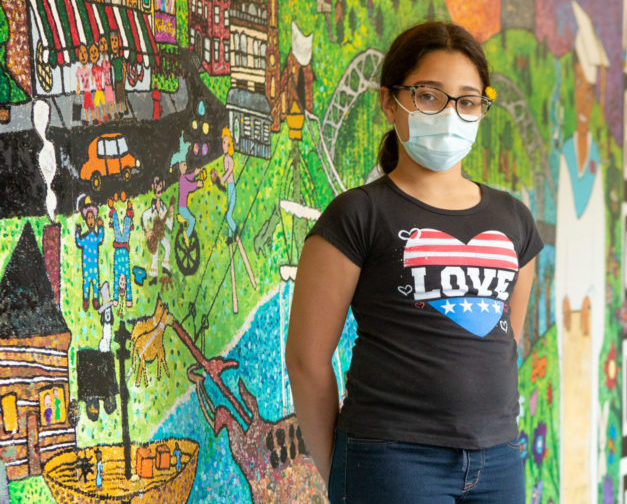
“The Cuba Independent School District, centered in a village of 800 people, has kept the buses running as a way to bring school to far-flung students who live on a vast checkboard of tribal, federal and county land.
On their routes, the buses carry school assignments, art supplies, meals and counselors who check in with students who are struggling with online bullying, abuse, thoughts of suicide or other problems.
The buses are a lifeline for families in the Cuba school district, of whom nearly half are Hispanic and half are Native American, including many Navajo-speaking English-language learners.
Many do not have running water. Castillo and others with no electricity charge their school-issued laptops with car batteries or at a relative’s house. One student has sent her laptop on the buses to be charged at school. This far out, internet service is unavailable or prohibitively expensive.
For students without home internet, the buses bring USB drives loaded with assignments and video lessons from teachers. Some students like Castillo eventually asked for paper packets because of the difficulty in charging laptops.
With COVID-19 cases spiking in New Mexico to their highest levels yet, it is unclear when the district will begin offering in-person classes again.
The district has a record of adapting to challenges, and a high school graduation rate of 83 percent—well above the state average—to show for it. It has long employed a “community school” approach in which social workers, nurses and teachers help students around the clock, not just during the school day, on the theory that they will do better academically if their home life can be made better.”